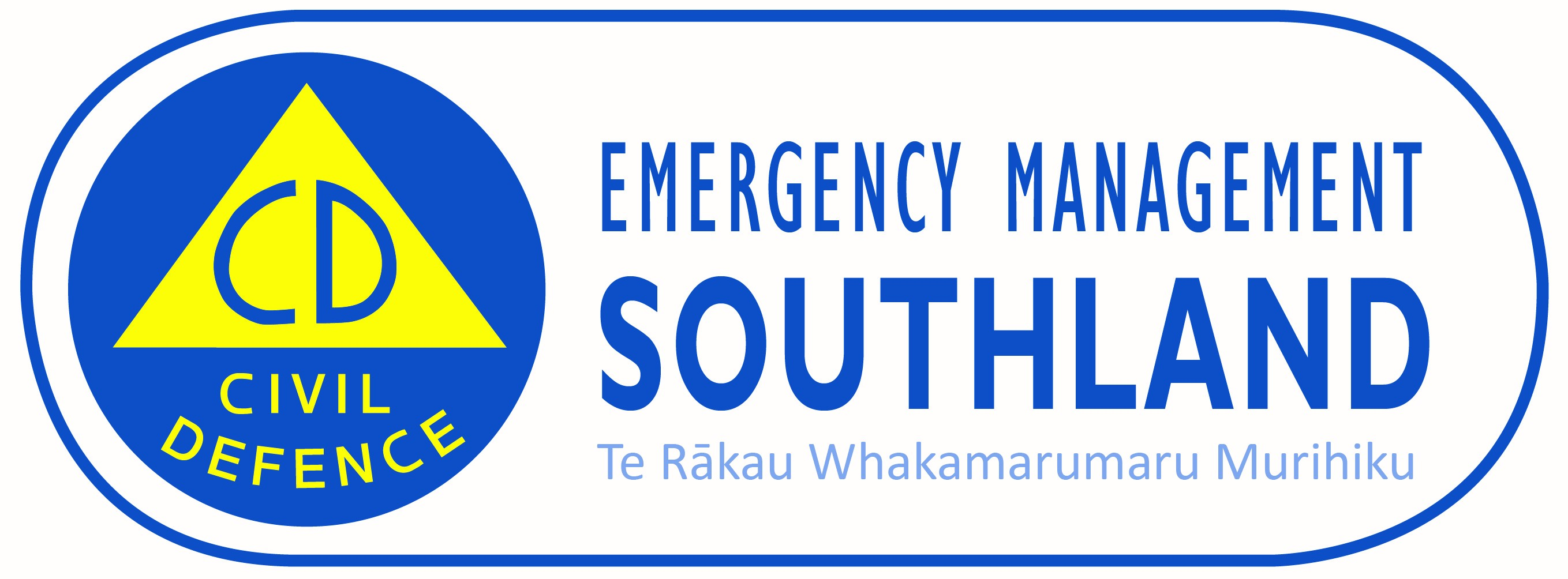New study confirms ‘long and strong’ tsunami message
This is an official message from the Civil Defence Controller Lucy Hicks.
A University of Otago paper examining tsunami risk in the south confirms what Southlanders need to do in the event of an earthquake: If it is long or strong, get gone.
Emergency Management Southland Group Controller Lucy Hicks said the Southland Civil Defence Emergency Management Group Plan recognises tsunami as a high risk natural hazard for Southland.
“This paper will further inform Southand’s response planning and feed into the ongoing reviews of our plan.”
The paper, A review of tsunami hazard for southern Aotearoa New Zealand with implications for future research, recently published in the New Zealand Journal of Geology and Geophysics, is a review of existing studies.
Authored by Caroline Orchiston, Ursula Cochran & Ashleigh Vause, the paper found Southland’s tsunami hazard came predominantly from large earthquakes at the Puysegur Subduction Zone and from earthquakes offshore of Peru.
The paper says while there would be about 14 hours warning of a tsunami triggered offshore of South America, the travel time for tsunamis from the Puysegur Subduction Zone would be much shorter, with Invercargill possibly only getting 1-2 hours’ notice.
Lucy Hicks said Invercargill did not have tsunami warning sirens and so people needed to know what to do.
“Damaging tsunamis don’t happen very often, but when they do, we don’t want people waiting for official evacuation advice after an earthquake. The life-saving message is, ‘if it’s long or strong, get gone’.”
Information about tsunami evacuation zones can be found on the get.ready.govt/nz website. Emergency Management Southland encourages people to take a look and have personal emergency plans in place.
Recently, the Southland Civil Defence Emergency Management Group, made up of Southland mayors and chairs, approved further modelling using regional LiDAR mapping to improve our understanding of inundation risks and to update Southland tsunami evacuation zones accordingly.
During the past few years Emergency Management Southland, with its partner agencies, has been working with the Fiordland Hazard Working Group. The tsunami risk in Fiordland has been a primary focus and work has also been undertaken with Milford Sound Tourism to update warning signage around the coast.


